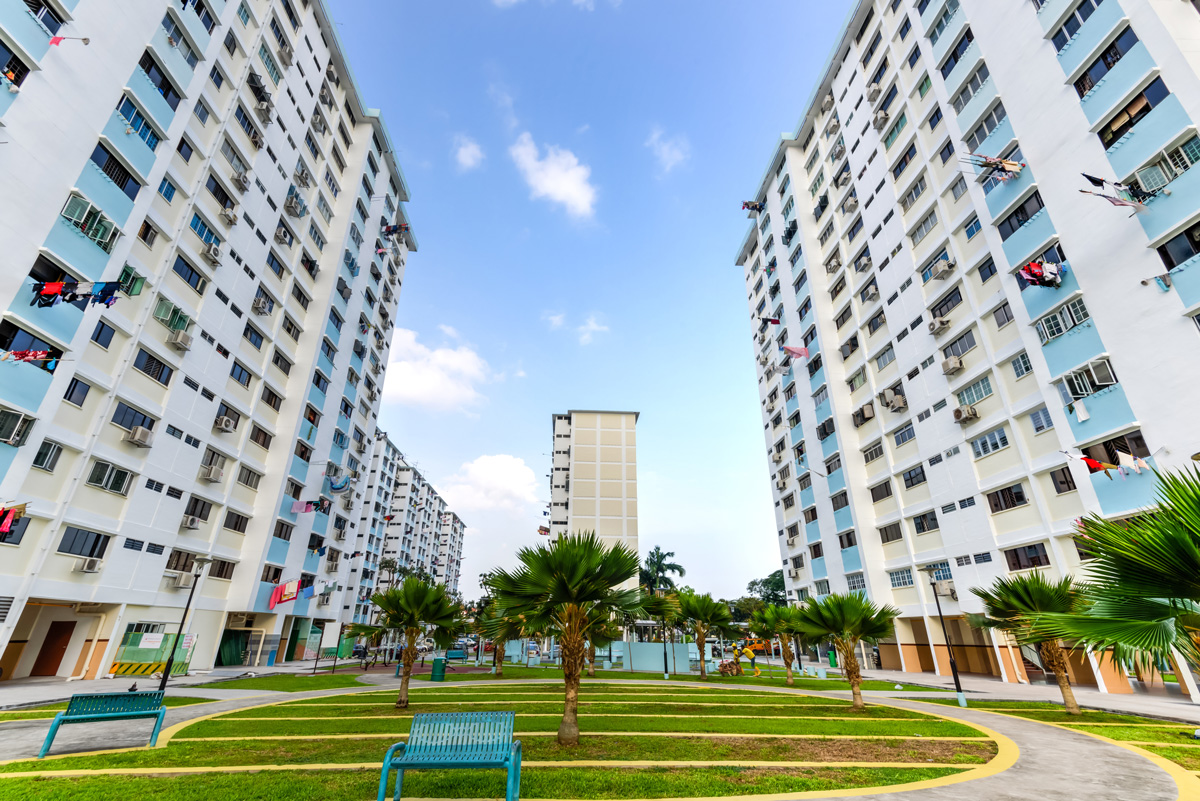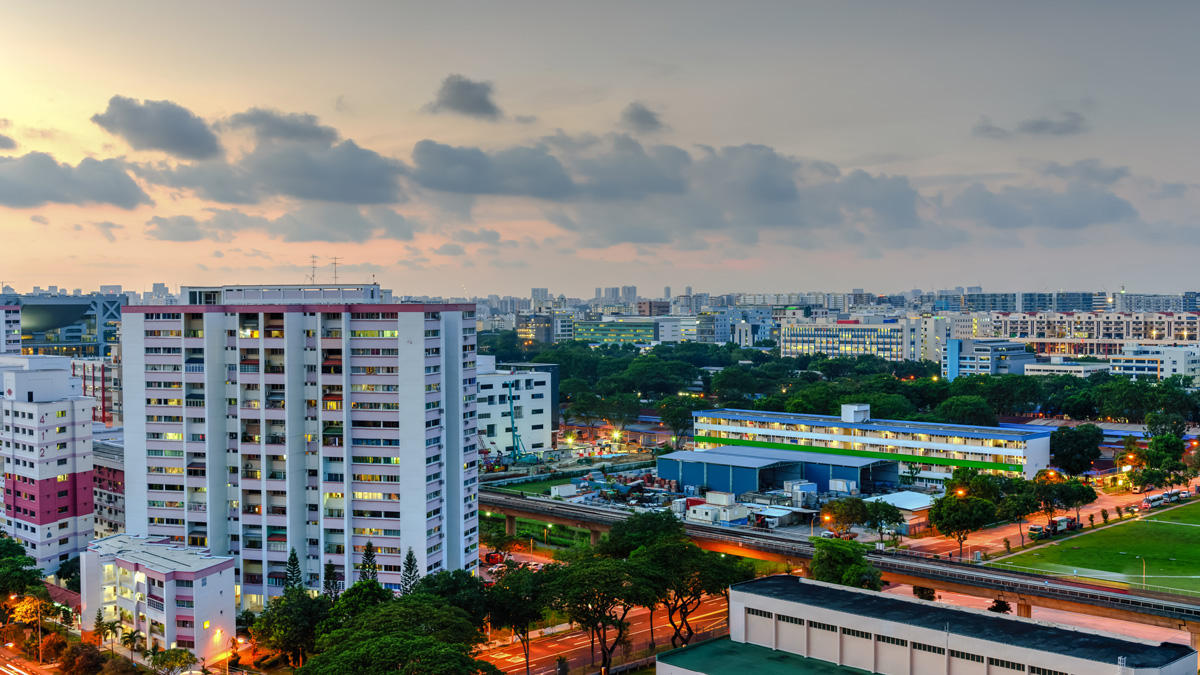Comparing a HDB versus Bank loan in 2018: The pros and cons
One common question that residential property experts from Home & Décor get involves the difference between HDB home loans vs bank loans.
Why? Well, because many Singaporean couples buying their homes often get surprised when they learn that banks charge much lower interest rates than HDB. How can that be, and why is it so?
Bank Home Loans versus HDB Loans: Breaking it down

When you take a loan to buy your flat, you can use either a bank loan or an HDB loan. The exception is when you are buying an Executive Condominium, in which case only a bank loan can be used.
Now one of the main differences between the two is the interest rate. HDB Concessionary Loans have a very simple formula: the interest rate is the prevailing CPF Ordinary Account (OA) interest rate, plus 0.1%. This comes to about 2.6% per annum (as of 2018), a rate that has remained unchanged for a long time.
Note that the CPF OA rate is reviewed quarterly, so it can technically go up. However, CPF rates do not change often.
For bank loans, things get a bit more complicated. Bank loans can be based on the Singapore Interbank Offered Rate (SIBOR), Swap Offer Rate (SOR), or a bank’s Internal Board Rate (IBR), of which Fixed Deposit Home Loan Rates (FHR) are also a part.
Amidst that nightmare of acronyms though, one simple fact remains: since about 2008. most bank interest rates have been at around 1.8% per annum; cheaper than the HDB rate. But why is this?
Historically, bank loans are more expensive. What we’re seeing is a freak incident from the last financial crisis.
If you observe Singapore’s bank home loan rates from the late 1970s to 2008, you will see that the historical rate is over 3%; in some cases almost 4%. In those days, HDB loans were much cheaper than bank loans.
In 2008 however, the Global Financial Crisis hit. This caused the American Federal Reserve (the central bank in America, also called the Fed) to reduce interest rates to zero. They did this to motivate more loans and spending, to kick start their damaged economy.
However, the interest rate in America ultimately affects the rates in Singapore as well. Bank home loans, many of which were pegged to SIBOR in 2008, so interest rates fall to historical lows. In some cases, the rates were below 1% per annum.
Due to this plunge, private bank loans suddenly became cheaper than HDB loans.
Today however, the Fed is gradually raising interest rates again (there are four proposed rate hikes in 2018). This is due to America’s economy having, at least in theory, recovered. Meanwhile, the Fed cannot keep interest rates low forever, as this will cause inflation to rise uncontrollably.
It’s quite possible that bank home loans will be at 2.4% per annum (or greater) by the end of 2018. This is much closer to HDB rates, albeit still lower. In the long term however (say 15 or 20 years), it’s possible – although not guaranteed – that bank loan rates will again soar higher than HDB rates.
Banks Like to Innovate and Try to Outdo the HDB

Despite the rising interest rates, banks continue to innovate to offer competitive products. Singaporean homeowners have the option to go with a bank and potentially save money*. For that, checkout UOB's competitive loan rates here.
*You can refinance your HDB loan into a bank loan, but not the other way around. Speak to your local bank for details.
Credit: Article adapted from Home & Décor Singapore, contributed by SingSaver.com.sg. For more property, design and home financing tips, visit www.homeanddecor.com.sg